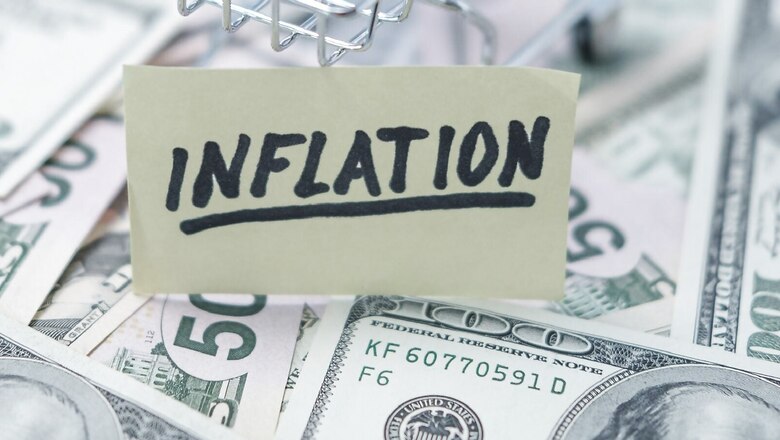
views
India looks better placed on the growth-inflation-external balance triangle for 2022-23 than it did two months ago, the finance ministry has said, adding that it is not necessarily the right thing to do to project either optimism or pessimism too far ahead in these “uncertain times”. The improvement is a reflection of the swift economic policy response by the government and the Reserve Bank of India, said the ministry in its monthly economic review.
“The economy’s resilience, especially in the light of growth challenges elsewhere in the world, is due, in no small measure to the sustained efforts of the government and the central bank to regain and preserve the underlying macroeconomic and financial stability. Few countries around the world are better placed and can point to a recovery in their macroeconomic fortunes in the last few months as India is able to,” it said in the review released on Friday, August 19.
The review cited IMF’s forecast of India’s economy growing at 7.4 per cent in 2022-23, which is the highest among major economies. “The buoyant performance of some high frequency indicators during the first four months of 2022-23 is consistent with IMF’s forecast. Index of Industrial production and 8 core industries points towards strengthening of industrial activity, while PMI Manufacturing touched an eight-month high in July with marked gains in growth of new business and output,” it said.
The Reserve Bank of India (RBI) has projected a growth rate of 7.2 per cent for the current fiscal.
On the price situation, the report said that household and business expectations have moderated over the last two months. This was an indication that that the high inflation of the past few months has not entered the anchoring zone of inflation expectations, said the ministry. “In the absence of any further shocks, the downward movement of global commodity prices along with the RBI’s monetary measures and the government’s fiscal policies are expected to cap inflationary pressures in the coming months.”
The finance ministry in its economic review further said that post the outbreak of the Russia-Ukraine conflict, an increase in uncertainty among investors has led to capital outflows, not just from India alone but from the group of emerging market economies (EMEs) as a whole. “Thus, apart from India, the currencies of several EMEs also depreciated against the US dollar. Between January and July
of 2022, foreign portfolio investors pulled out USD 48.0 billion from the group of EMEs as a whole. In the case of India, its relatively more liquid capital and foreign exchange markets as compared to those of Indonesia, South Africa, and Mexico were responsible for the net FPI outflows. Consequently, the INR depreciated as did the currencies of other EMEs.
However, it said, despite more liquid markets, 95 per cent of the Assets under Custody of FPI stayed on in India reflecting the confidence foreign portfolio investors have in India’s economic strength.
Read the Latest News and Breaking News here




















Comments
0 comment